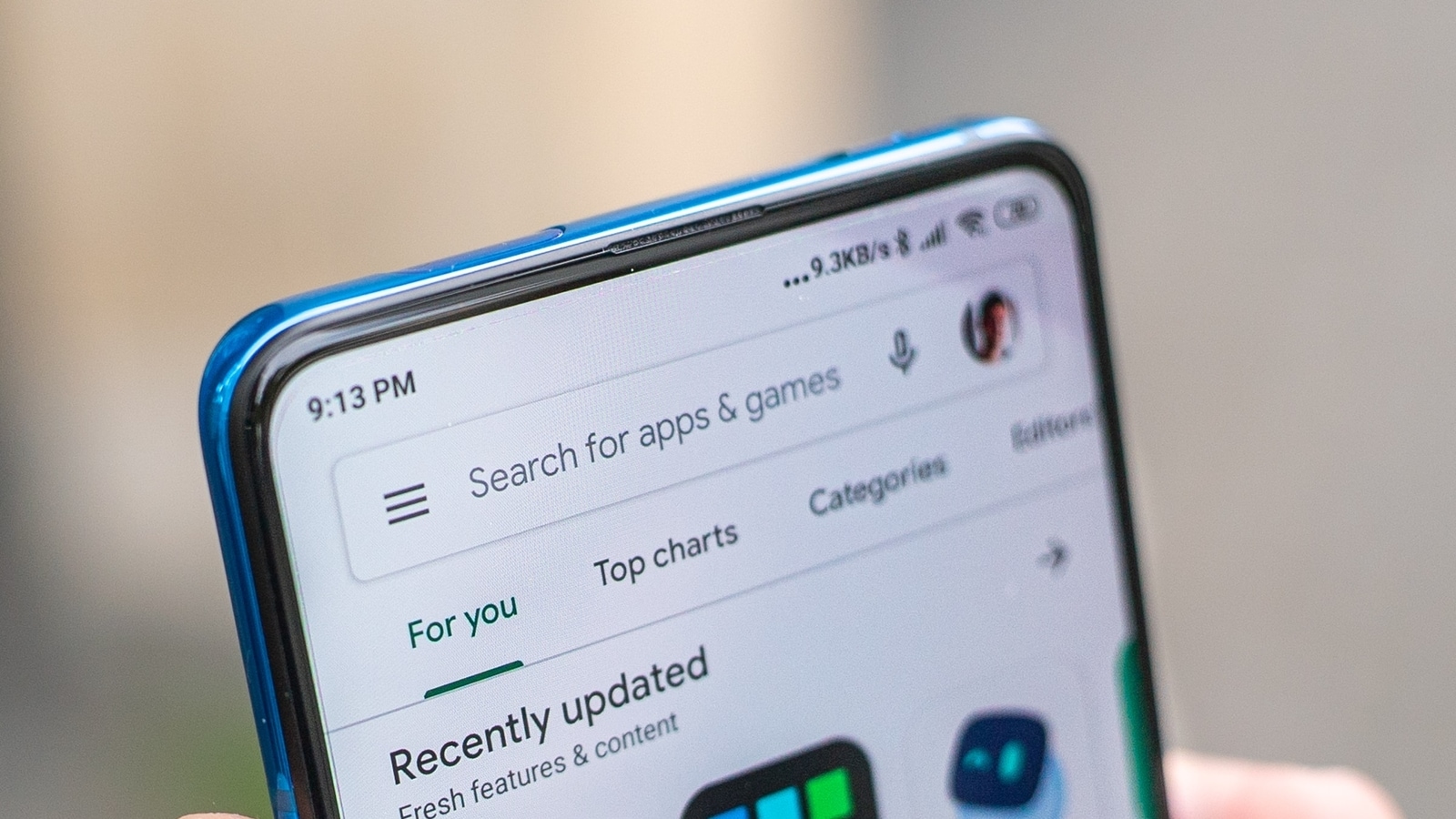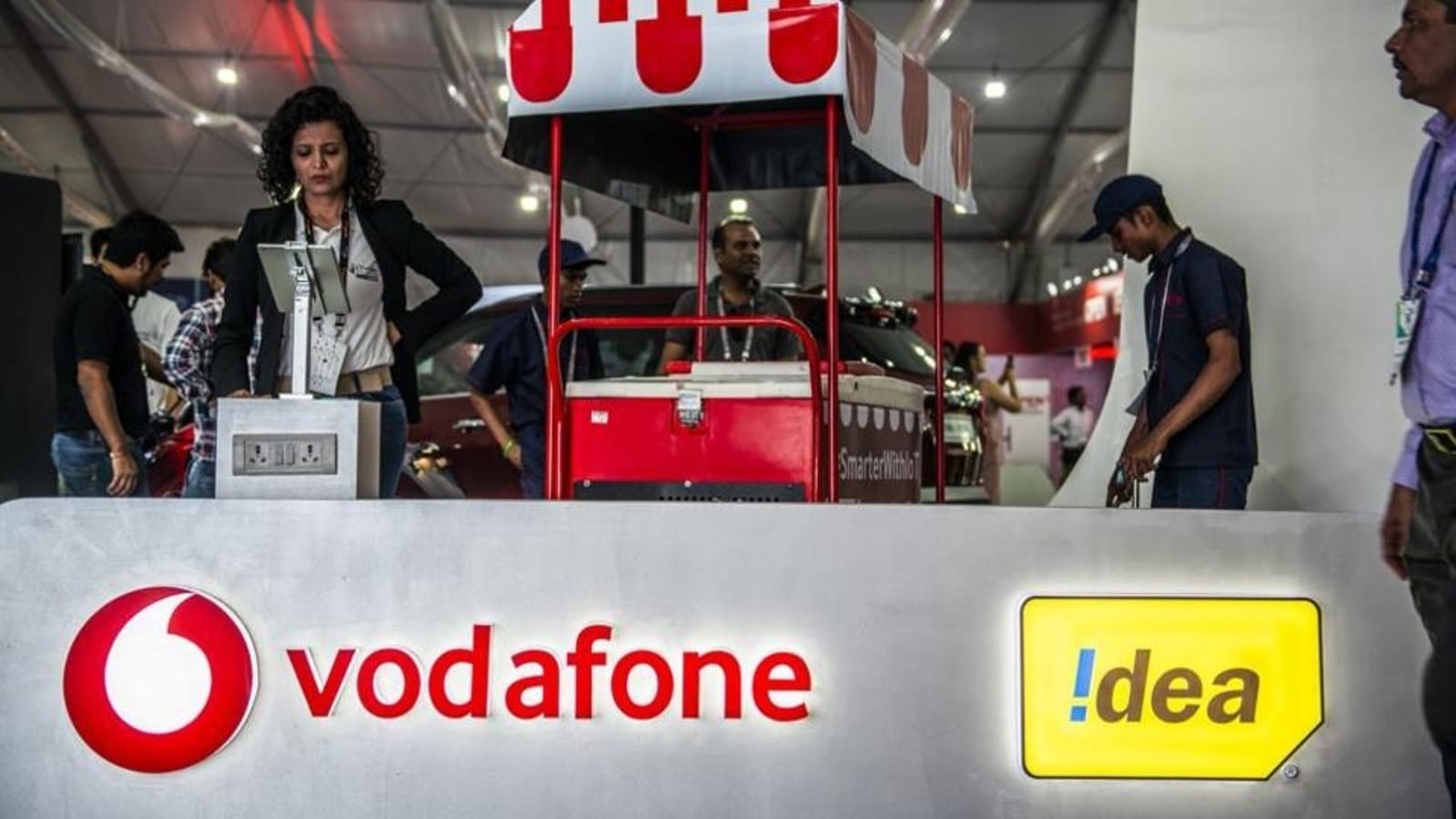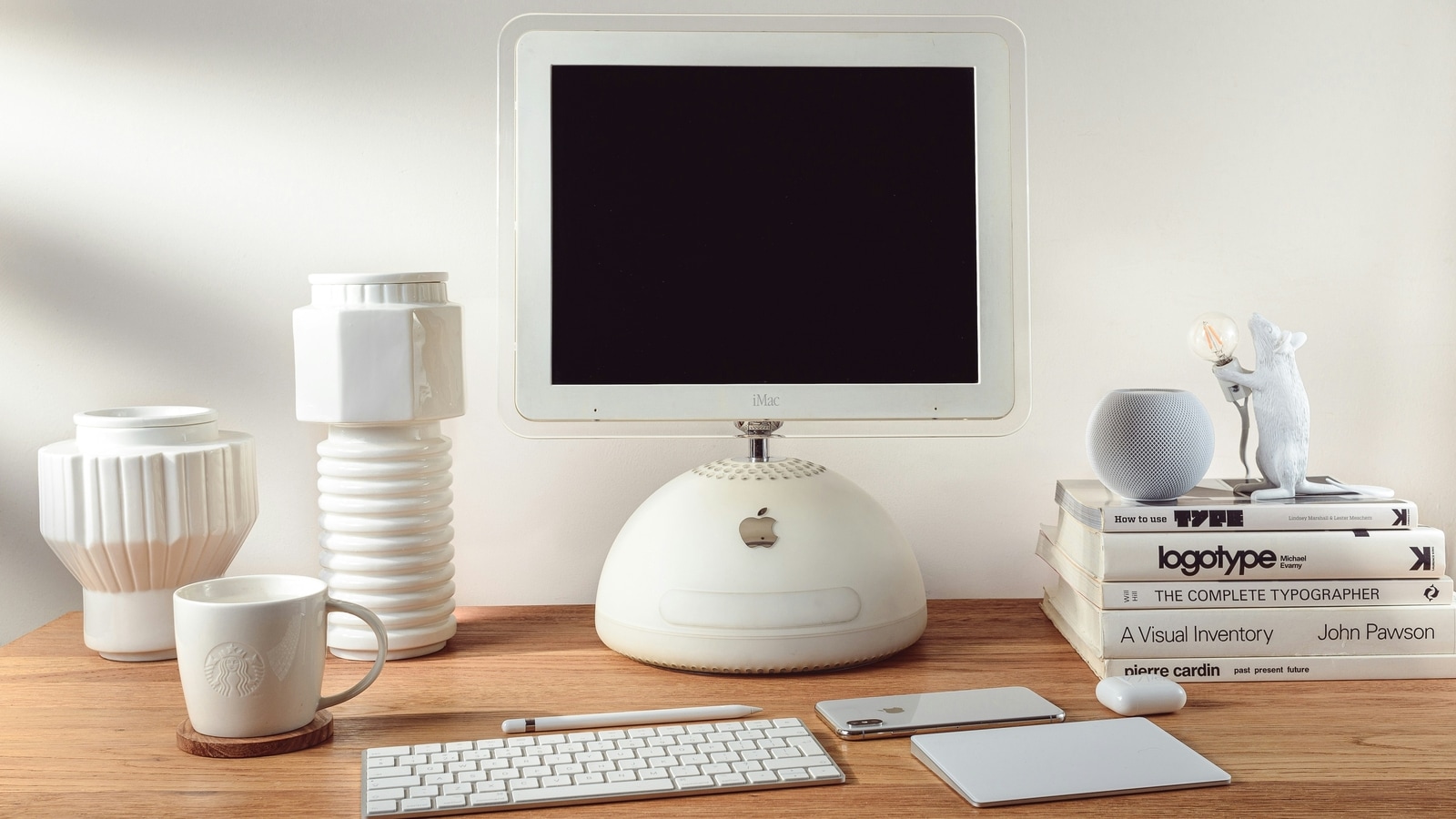Apple recently introduced its new iPhone 16 series, including the iPhone 16 Pro Max, at “It’s Glowtime” event on September 9. This launch follows Google’s unveiling of the Google Pixel 9 lineup, which features the new Pixel 9 Pro XL, also equipped with advanced AI technology and a new foldable phone. This comparison will explore how the iPhone 16 Pro Max stacks up against the Google Pixel 9 Pro XL in terms of specifications, features, and pricing.
iPhone 16 Pro Max vs Google Pixel 9 Pro XL: Build and Design
The iPhone 16 Pro Max and the Google Pixel 9 Pro XL share a somewhat similar design language, though each has its distinct elements. The Pixel 9 Pro XL features flat sides, contoured edges, and matte glass on the rear. In contrast, the iPhone 16 Pro Max retains the design elements introduced with the iPhone 11 Pro Max, including a Grade 5 Titanium frame and a matte back. The iPhone is slightly wider, and both phones are approximately 163 mm tall. The Pixel 9 Pro XL includes standard power and volume buttons, while the iPhone 16 Pro Max adds a customizable action button and a touch-sensitive camera button.
Also read: iPhone 16 vs iPhone 15: 4 reasons why you should not upgrade to new-generation
Not sure which
mobile to buy?
iPhone 16 Pro Max vs Google Pixel 9 Pro XL: Display
The iPhone 16 Pro Max boasts a 6.9-inch Super Retina XDR LTPO OLED display, which is an upgrade from the previous model’s 6.7-inch screen. The display now has thinner bezels and a smaller Dynamic Island. The Pixel 9 Pro XL offers a 6.8-inch QHD+ SuperACTUA LTPO OLED display with a peak brightness of 3000 nits, slightly brighter than the iPhone’s 2000 nits. Both phones support a 120 Hz refresh rate, making them highly responsive and smooth.
iPhone 16 Pro Max vs Google Pixel 9 Pro XL: Performance
The iPhone 16 Pro Max is powered by Apple’s A18 Pro chipset, featuring a 15% faster CPU and 20% faster GPU compared to its predecessor. It includes a new 16-core neural engine designed to enhance Apple’s AI capabilities. Although Apple’s chipsets generally outperform Google’s in benchmarks, the real-world performance difference might not be as pronounced.
The Pixel 9 Pro XL, while not as fast in AI tasks during initial tests, benefits from Google’s advanced AI features. Google Assistant is gradually being replaced by the Gemini AI, which processes text, images, speech, and audio. The Pixel 9 Pro XL also introduces the Add Me feature, which combines group photos using AI and augmented reality.
Both phones offer long-term software support, with Apple and Google providing updates and security patches for seven years.
iPhone 16 Pro Max vs Google Pixel 9 Pro XL: Camera
The Pixel 9 Pro XL retains the camera system from the Pixel 8 Pro, but it features an upgraded 42MP selfie camera. The iPhone 16 Pro Max introduces a new 48MP ultrawide camera sensor, which offers improved image quality over the Pixel’s 12MP ultrawide camera. The iPhone also supports 4K 120FPS video recording with advanced formats and features a new Camera Control button for precise photo management.
While the Pixel 9 Pro XL’s telephoto capabilities may surpass those of the iPhone 16 Pro Max, Apple’s latest model includes the Clean Up tool for post-processing, similar to Google’s Magic Eraser. The Google Pixel 9 Pro XL can upscale 4K footage to 8K resolution using Google’s Video Boost feature.
Also read: Vivo T3 Pro 5G vs OnePlus Nord CE 4: Mid-range smartphones under Rs.25000
iPhone 16 Pro Max vs Google Pixel 9 Pro XL: Battery Life and Charging
The iPhone 16 Pro Max is claimed to offer improved battery life over its predecessor. It comes with a battery capacity of approximately 4700 mAh. The Pixel 9 Pro XL has a larger 5060 mAh battery and performed better than its predecessor in tests. Both phones provide similar charging speeds, with the Pixel 9 Pro XL capable of charging from 1-70 percent in 30 minutes, compared to the iPhone’s 50 percent charge in the same time frame.
In short, the iPhone 16 Pro Max and Google Pixel 9 Pro XL each offer significant advancements in their respective domains. The choice between them may ultimately come down to specific preferences for design, camera features, and software capabilities.






